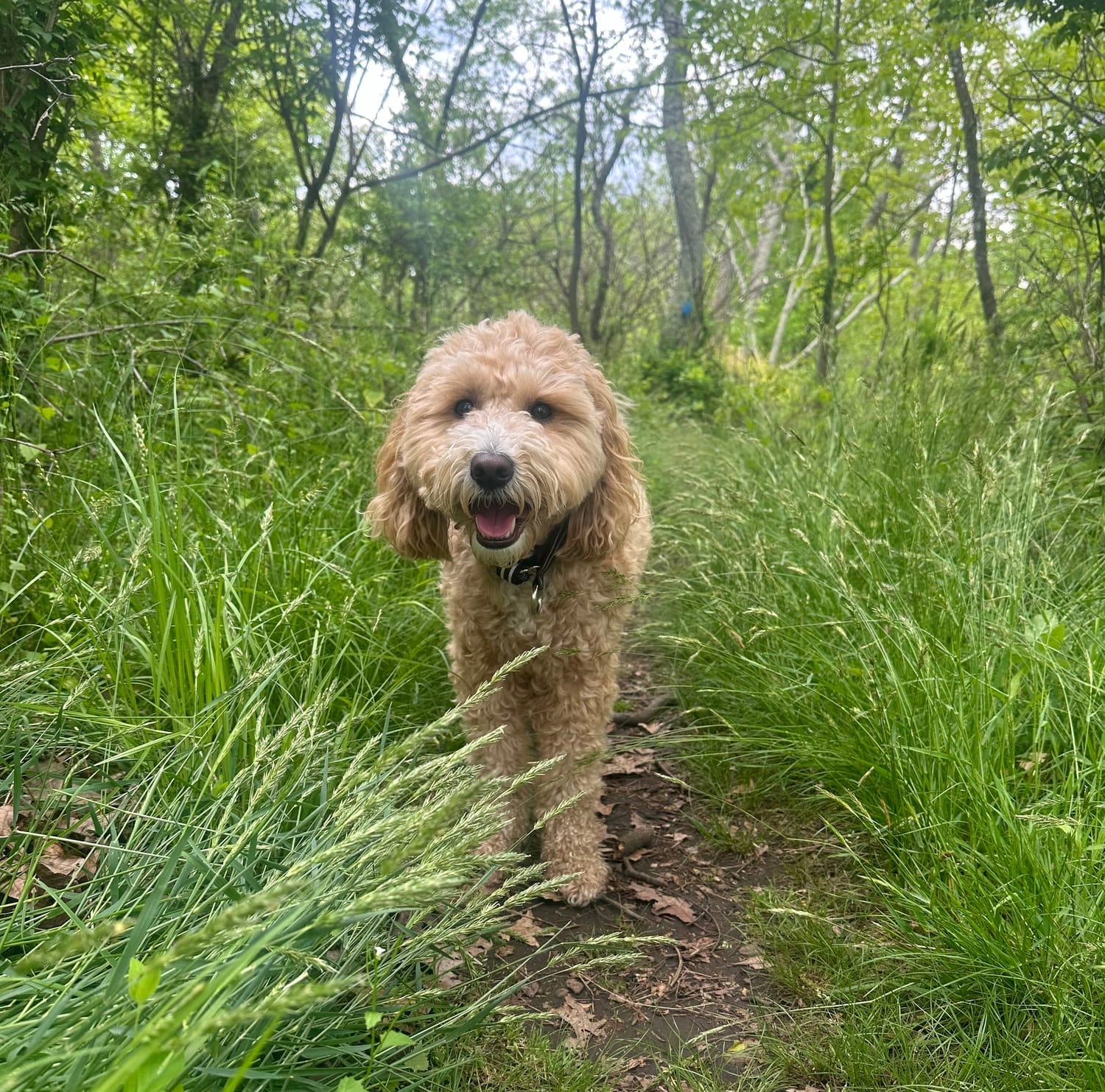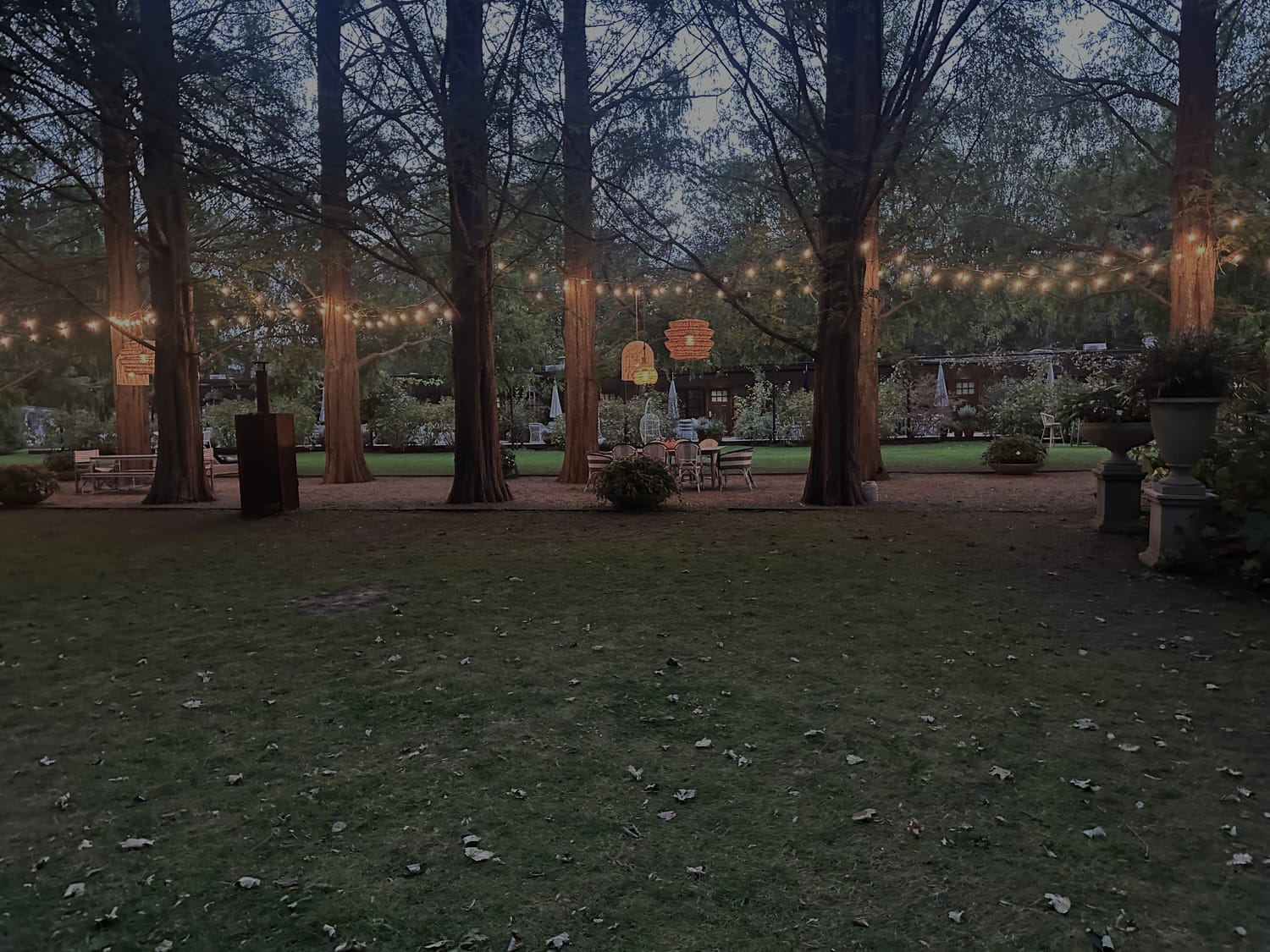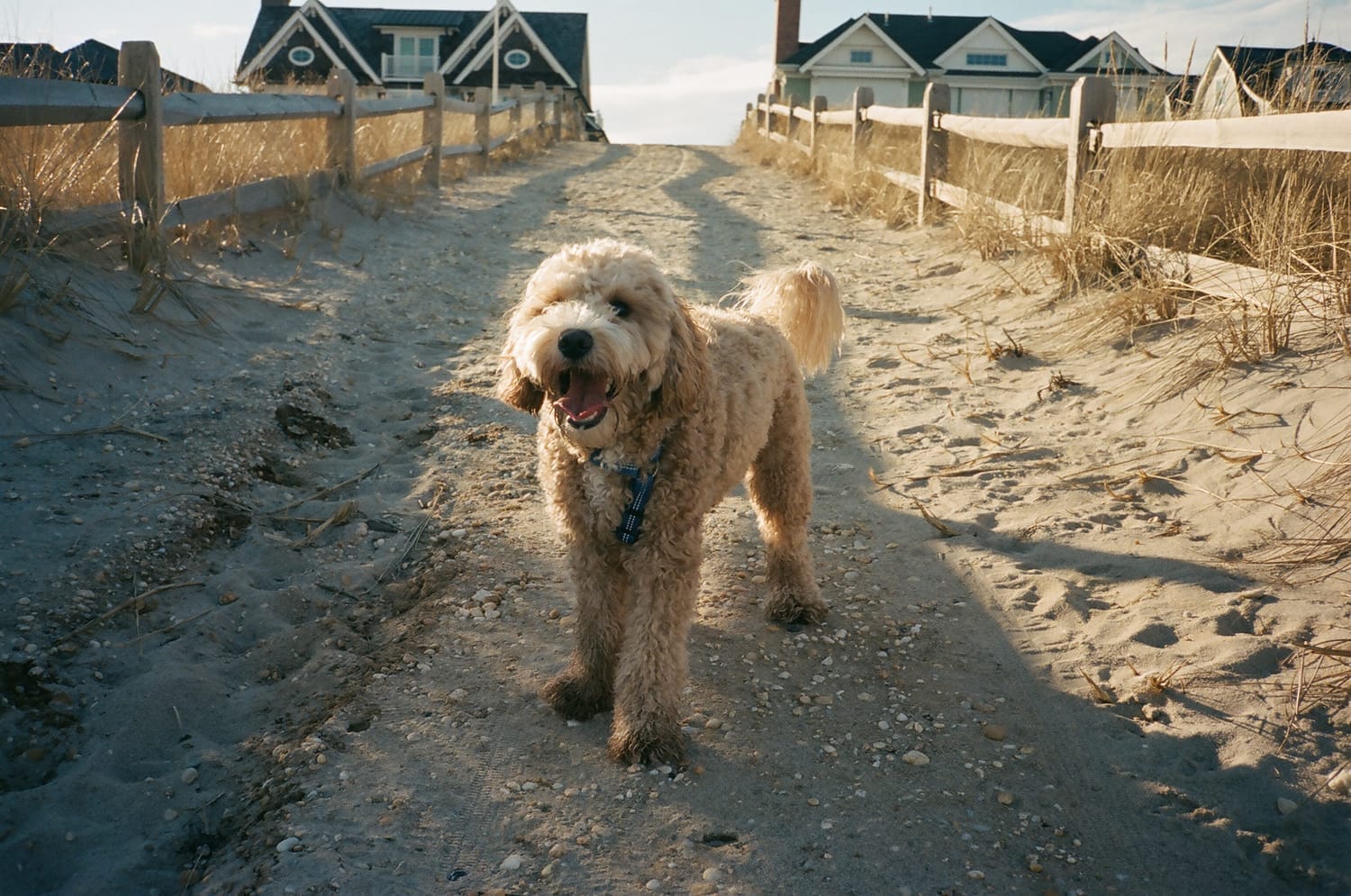Hidden Urban Hazards: What Every City Dog Owner Should Watch For
City life offers amazing perks for dog owners—walkable neighborhoods, endless parks, dog-friendly shops, and fun social energy. But the same sidewalks we love are packed with hidden hazards that most pet parents never notice… until something goes wrong.
This guide breaks down the most common (and most overlooked) dangers urban dogs face every day—and how to keep your pup safe on every walk.
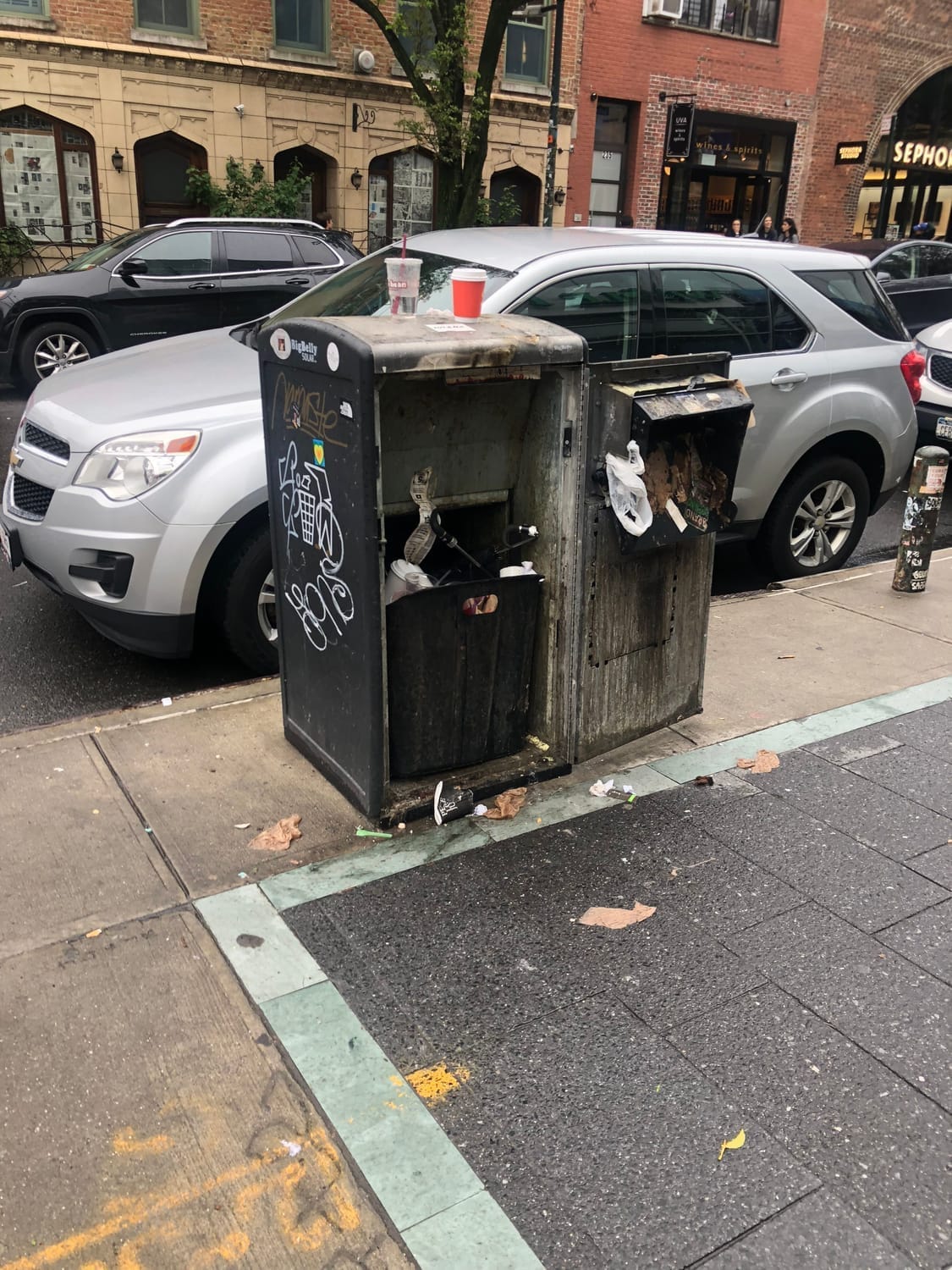
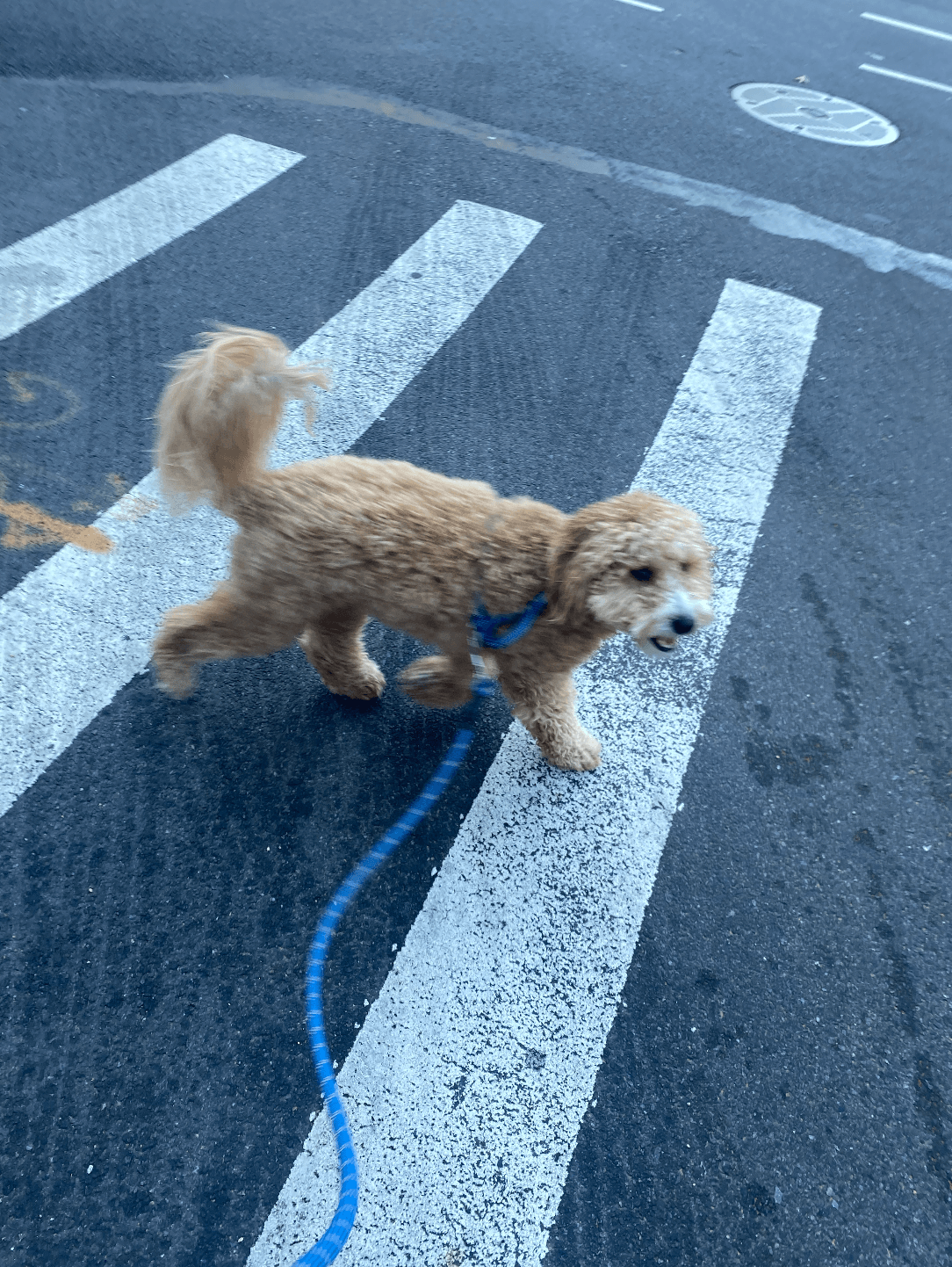
1. Rat Poison (The #1 Urban Hazard Most Owners Miss)
Cities battle rodent issues constantly, and poison is everywhere—often hidden in spots dogs naturally investigate.
Look out for:
Black or green bait boxes tucked behind buildings
Small pellets on the ground (blue, green, or brown)
Powder sprinkled near trash areas or basement doors
White or colored residue on sidewalk cracks
Dogs don’t need to eat much for it to be dangerous—just licking a contaminated area can cause harm.
Where rat poison hides most often:
Behind restaurants
Near dumpsters
Along construction fences
Inside alleyways
In the corners of sidewalks by basement doors
2. Street Trash, Takeout Leftovers, and Sharp Objects
City sidewalks are full of “treasures” that smell amazing to dogs and terrible for their stomachs.
Common hazards include:
Chicken bones
Skewers
Broken glass
Used takeout containers
Plastic wrap
Coffee cups with sweeteners (xylitol danger!)
Disposable vapes and nicotine pouches
Fast-food sauce packets
Toothpicks
Even well-trained dogs can snatch things quickly. Using a shorter leash in high-trash areas helps you control the sniff zone.
3. Construction Zones and Sidewalk Work
Cities change constantly—and construction zones come with hidden dangers:
Loose nails
Metal shards
Chemicals
Sharp wood pieces
Fresh tar (can burn paws)
Exposed wiring
Deep sidewalk cracks
Loose gravel that cuts paw pads
4. Park Hazards Most Owners Don’t Think About
Parks feel safer, but they come with their own risks—especially for dogs who like to explore.
Watch out for:
Stagnant water (bacteria + parasites)
Pesticide-treated grass
Bee or wasp nests in low shrubs
Discarded food from picnics
Mushrooms (many are toxic)
Foxtails (big danger to noses + paws)
Broken tennis balls or toy remnants
Even “dog parks” aren’t automatically safe—broken toys, aggressive interactions, and abandoned treats are common.
5. Busy Street Dangers: Noise, Traffic, and Overstimulation
City dogs grow used to noise, but sudden sounds can still scare even confident pups.
Common triggers:
Car backfires
Honking
Motorcycle acceleration
Subway grates
Metal plates on the road
Skateboards
Loud construction machinery
A scared dog can pull, slip out of a loose harness, or drag you into danger.
Safety tip: Use a properly fitted harness with a front clip and reflective straps for dusk or night walks.
Final Thoughts: Protecting Your Pup in a Busy City
City living gives our dogs tons of enrichment, adventure, and socialization. With a little awareness of what’s underfoot (and nose-level), you can keep every walk safer and stress-free.
Small adjustments—like choosing cleaner walking routes, using proper gear, and knowing the top hazards—can prevent the majority of emergencies urban dogs face.
Your pup trusts you to navigate the streets. A little knowledge goes a long way.
Created with ©systeme.io



